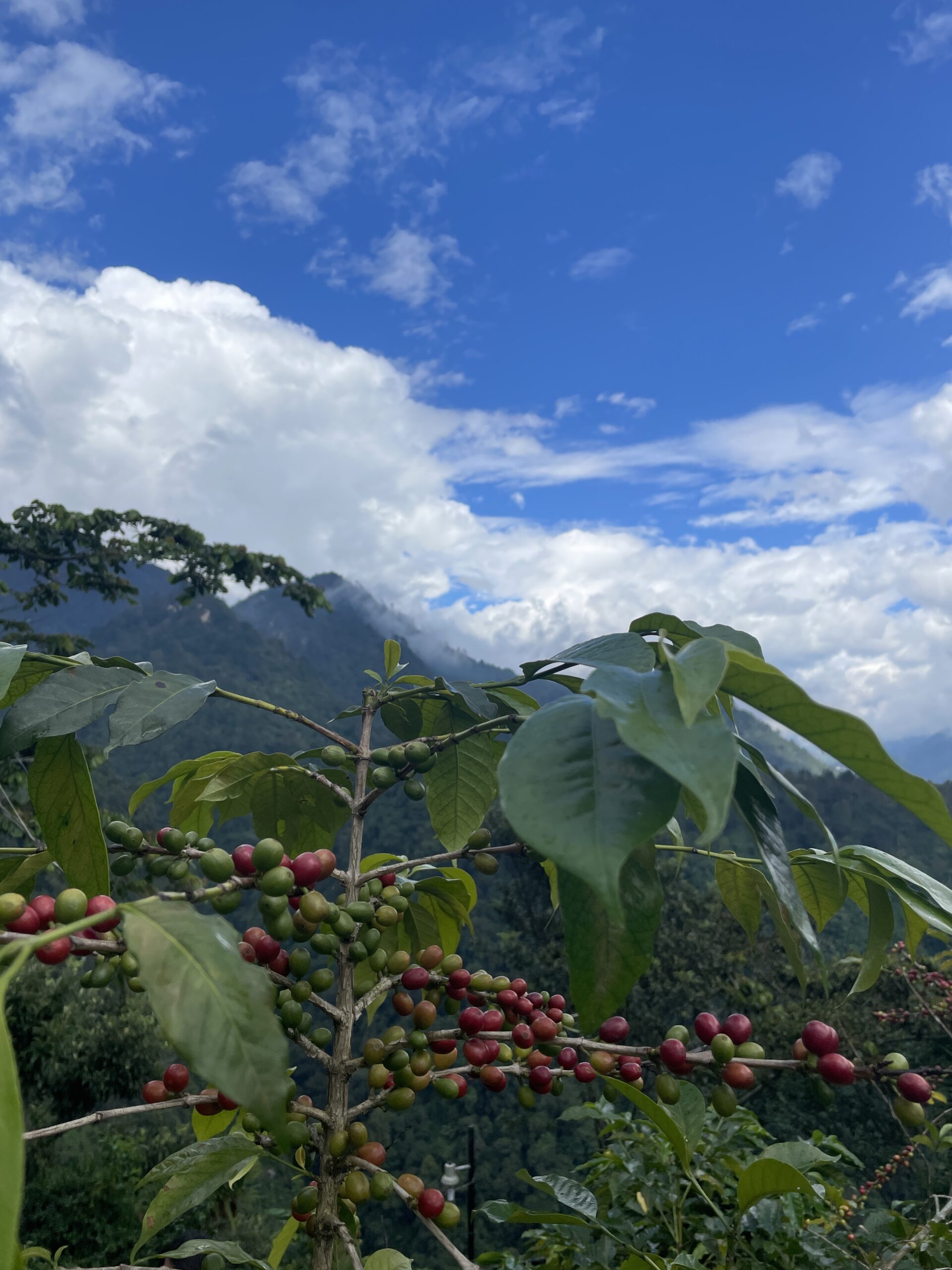Nestled in the southwestern corner of Chiapas, right at the border with Guatemala and the Pacific Ocean, the Soconusco region boasts immense natural, historical, and cultural wealth.
During pre-Hispanic times, Soconusco served as a vital trade route for civilizations such as the Olmecs, Mayans, and Izapeños. Later, it became fertile ground for new beginnings for German, Chinese, and Japanese migrants.
This multicultural legacy lives on in local traditions, archaeological sites like Izapa, coffee plantations, Chinese New Year celebrations, the cuisine, and the rich cultural expressions of nearby communities.
Its ethnic diversity and variety of ecosystems—ranging from mountains and jungles to mangroves and beaches—make the region an ideal destination for regenerative tourism.
Below, we present some of the most outstanding places and activities for a conscious experience in this fascinating region of Chiapas.
En este blog, exploraremos la importancia de los pueblos indígenas de México, sus tradiciones, y cómo sus conocimientos ancestrales son esenciales para la regeneración del planeta. Y tú, como viajero, seguro te inpirarás de ellos…

1. Climbing Tacaná Volcano: An Adventure in the Heights
Tacaná Volcano, shared by Mexico and Guatemala, is one of the region’s natural treasures. Standing at 4,092 meters (13,425 feet), it is the second-highest volcano in Central America and offers a challenging climb for high-altitude adventure seekers. Scaling Tacaná is not just a physical adventure but also an opportunity to connect with nature and reflect on the importance of preserving this unique ecosystem. By hiring local guides, visitors contribute to community economies and conservation efforts, helping to protect the endemic flora and fauna that call this area home.
2. The Coffee Route: Regenerative Experiences on Plantations
Soconusco is renowned worldwide for its high-quality coffee, and visiting its coffee plantations offers an immersion into the world of regenerative coffee. Estates like Finca Argovia stand out for their sustainable and regenerative practices, such as soil and biodiversity conservation techniques. Visitors can tour the plantations, learn about the cultivation and roasting process, and participate in workshops exploring how coffee can be grown in harmony with the environment.

3. Cacahoatán, Tuxtla Chico, and Cacao: Ancient Chocolate Traditions
In the municipalities of Cacahoatán and Tuxtla Chico, cacao is more than a crop—it’s a cultural legacy. Local farmers use traditional cultivation methods that reflect ancestral respect for the cacao bean. Visitors can participate in artisanal chocolate workshops, discovering the process from grinding to tasting, while learning how cacao, considered a sacred food, has played a fundamental role in Mesoamerican history and traditions.
4. Soconusco’s Waterfalls: Natural Beauty and Hot Springs
The mountainous regions near Tacaná Volcano host several hidden waterfalls within tropical rainforests. Among them, Agua Caliente Waterfall in Cacahoatán stands out. This spectacular cascade features a natural hot spring “jacuzzi,” perfect for a relaxing soak amidst nature. These waterfalls not only offer moments of peace but also a chance to engage directly with local biodiversity, reminding visitors of the importance of conserving such natural resources.

5. La Encrucijada: A Birdwatcher’s Paradise
The La Encrucijada Biosphere Reserve is one of Mexico’s most important wetlands and a key site for bird conservation. Its mangroves, among the tallest in the Americas, shelter numerous migratory and endemic bird species, making it a privileged location for birdwatching. Visitors can explore the reserve by boat, guided by experts who explain its ecological significance and the conservation practices implemented to protect local wildlife. La Encrucijada is a shining example of how regenerative tourism can support sensitive ecosystem preservation.
6. Izapa Archaeological Site: Connection to Ancient Civilizations
The Izapa archaeological site offers a window into the history of the Izapa civilization, a pre-Hispanic culture that thrived over 2,500 years ago and played a crucial role in the development of Mesoamerican writing and calendars. Izapa’s structures and monuments reflect a deep reverence for the land and the cosmos, embodying a worldview that saw natural balance as essential to life. Visiting Izapa invites reflection on the relationship between culture, spirituality, and the environment.

7. Unión Juárez and Santo Domingo: Traditions and Local Life
Known as the “Swiss Alps of Chiapas” for its mountain climate and architecture, Unión Juárez is a picturesque village where visitors can enjoy local hospitality and the tranquility of its landscapes. Nearby, Santo Domingo offers examples of German-influenced architecture to admire while sipping a cup of fine coffee. Both towns are visited year-round for their scenic beauty, pleasant weather, and deeply rooted Holy Week celebrations. A visit to these towns allows travelers to experience local customs and immerse themselves in the authentic culture of Soconusco.
8. Rones de México Plantation: Delicious Tradition with a Sustainable Focus
For those seeking authentic flavors, the Rones de México Plantation is a must-visit. This estate produces artisanal rum using sustainable sugarcane cultivation practices that respect biodiversity and soil conservation. Visitors can partake in tastings and tours showcasing how rum, like coffee and cacao, can be sustainably and respectfully produced in harmony with the natural environment.


